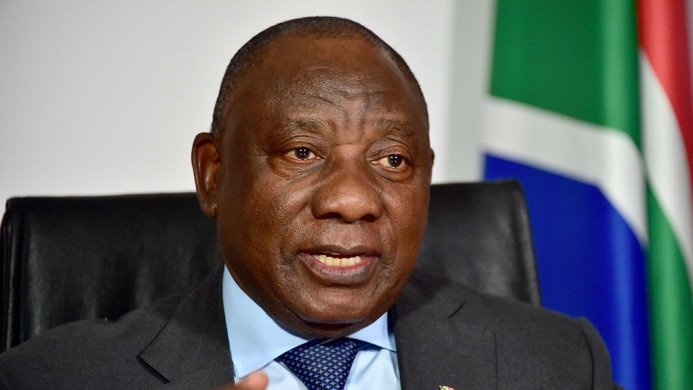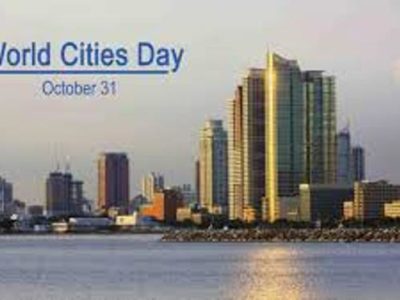By Waldo Marcus, Director at TPN from MRI Software
South Africa’s upcoming national budget will be closely scrutinised, with analysts focusing on, amongst others, the debt-to-GDP ratio, government spending and the risks that could lead to further fiscal slippage.
In the medium-term budget policy statement (MTBPS) last October, tax collection for the 2024/25 financial year was lower than anticipated. The latest data reveals that tax revenue has grown 5.3% in the current financial year while government spending has only risen 4%. Could this mean that National Treasury may have met its illusive target of a primary budget surplus?
South Africa’s growing debt problem
South Africa’s overall growing debt problem, however, remains. Debt to GDP was projected to peak at 75.5% in 2025/26, significantly above the 60% debt to GDP ratio, regarded as the maximum sustainable debt ratio for an emerging market economy such as South Africa. The hope is that enough has been done to stabilise the government’s debt ratios and that any new challenges will only require political resolve for structural change without fiscal fallout or demands.
The inflation rate is better than expected, and the implementation of the 2-pot retirement system enabled around R43 billion in retirement savings to be released into the economy, also providing a boost to SRS. The economy, however, still faces a litany of risks. GDP growth is lower than expected, keeping the state’s finances in a precarious position. Government has overspent for years, relying on borrowings to keep its lights on, while the tax base remains anaemic. This is unsustainable, especially as the cost of borrowing has increased and rating agencies consider more variables.
South Africa and AGOA
The US administration’s executive order earlier this month to cut support to South Africa potentially jeopardies the renewal of the African Growth and Opportunities Act (AGOA) which provides South Africa with around $4 billion in preferential exports. It also puts a freeze on US-backed credit guarantees and development financing, meaning that South Africa could face higher borrowing costs.
Should credit rating agencies downgrade the country’s debt outlook, borrowing costs will increase even further. Ratings agency Moody’s has warned that political tensions between the US and South Africa could inhibit economic growth if it escalates to trade restrictions or negatively impacts foreign investor sentiment.
The public sector wage bill constitutes the largest proportion of government spending, accounting for 37% of its revenue. Some public sector unions have agreed to the government’s revised wage offer increase of 5.5%. The three-year wage deal is anticipated to help stabilise public finances.
Transnet needs a bailout
Another risk to the fiscus is Transnet which needs a bailout to service the interest on its R140 billion in loans and to complete its turnaround plan. Rail inefficiencies have cost the economy billions with inadequate rail infrastructure and rolling stock making it increasingly difficult for exporters to get their products to ports. Comprehensive transport reform which includes all public transport and safety, is needed to see South Africa grow.
The MTBPS in October made no provision for any financial support to Transnet. However, given the extent to which the economy depends on a functional transport utility, the National Treasury may have no option but to make a budget provision for Transnet.
The transport and logistics utility has asked its customers to suggest co-funding models to help fix the railway network. Private partners are also being approached to help pay for local ports to be upgraded. Government is in the process of amending regulations with the aim of simplifying public-private partnerships in order to attract private capital to state-run projects.
Focusing on underperforming municipalities,
During his annual State of the Nation Address (SONA), President Ramaphosa committed government to focus on underperforming municipalities, including the establishment of professionally managed utilities for water and electricity provision to ringfence revenue to ensure appropriate infrastructure investment and the efficient delivery of local services. This commitment must be reflected in the budget with an appropriate allocation.
Property values tend to decline in poorly managed municipalities. Conversely, well-run municipalities with maintained public infrastructure and safe public spaces remain attractive to property investors, tenants, and businesses.
Government is well aware of municipalities’ need to improve their ability to collect the rates and taxes owed to them. Eskom has warned that unless municipalities pay what is owed, the power utility will be forced to approach National Treasury for another bailout. Ultimately, South Africans will have to fund the deteriorating state of provincial and municipal finances. Municipal debt to Eskom grew from R28 billion in March 2020 to R107 billion by mid-December 2024.
The proposed R100 billion BEE Fund
In addition to the usual increases in sin taxes, analysts will also be watching for other tax increases to bolster South Africa’s fiscal position. During his SONA address, President Ramaphosa endorsed the proposed R100 billion BEE Fund. The fund, which will effectively act as a new tax on the private sector if it comes into force, is intended to assist black businesses.
The ANC recently leaked a document proposing a social security tax to fund a basic income grant (BIG). The document suggests funding the BIG via progressive tax measures; in other words, higher earners would pay more. The challenge with the proposal is that South Africans are already amongst the most highly taxed citizens globally. The Laffer curve theory argues that an increased tax rate does not always result in increased tax collections, with a high risk of tax revenues falling.
BIG does not address any concrete methods of sustainability
One of the biggest issues with the BIG’s proposed funding model is that it does not address any concrete methods of sustainably growing the overall tax base. The latest Tax Statistics Report published in December 2024 reported that in the 2023/24 financial year, 2.6% of South Africa’s population of 64 million people contributed 76.2% of all personal income tax.
According to economists and the National Treasury, the BIG is currently unaffordable for South Africa. They believe that focusing on economic growth and job creation is a more sustainable economic solution to inequality.
The property sector is impacted by numerous trends including confidence levels, employment rates, interest rates and inflation rates, amongst others. A stable employment rate ensures that property vacancy rates are kept low while lower interest rates after a prolonged period of high interest rates may see some tenants shift to property ownership.
In 2024, average residential rental vacancies were the lowest since the TPN Vacancy Survey was first published in 2016. It will take time for the three consecutive interest rate cuts of 25 basis points each in recent months to filter through to consumers. Once they do, we expect to see an increase in residential property sales, particularly in well-run municipalities.
The property sector has been challenged in recent years by escalating municipal costs, failing public infrastructure, loadshedding, the cost of capital and high interest rates, putting increased pressure on property developers and investors to enhance operational efficiencies in order to sustain returns. Given government’s limited fiscal space, the property sector will watch keenly how Finance Minister Enoch Godongwana balances numerous competing priorities in this year’s budget announcement to improve investment perception.

















